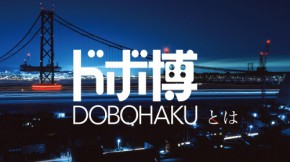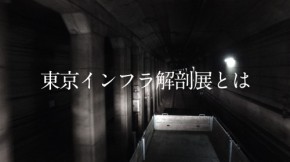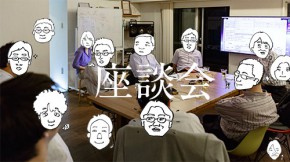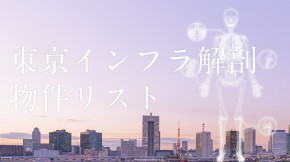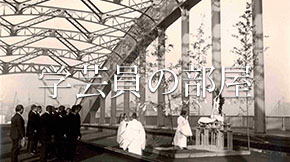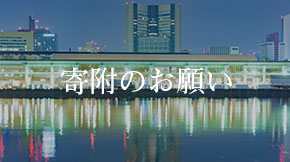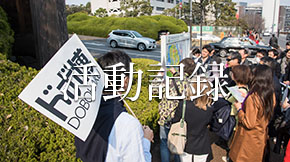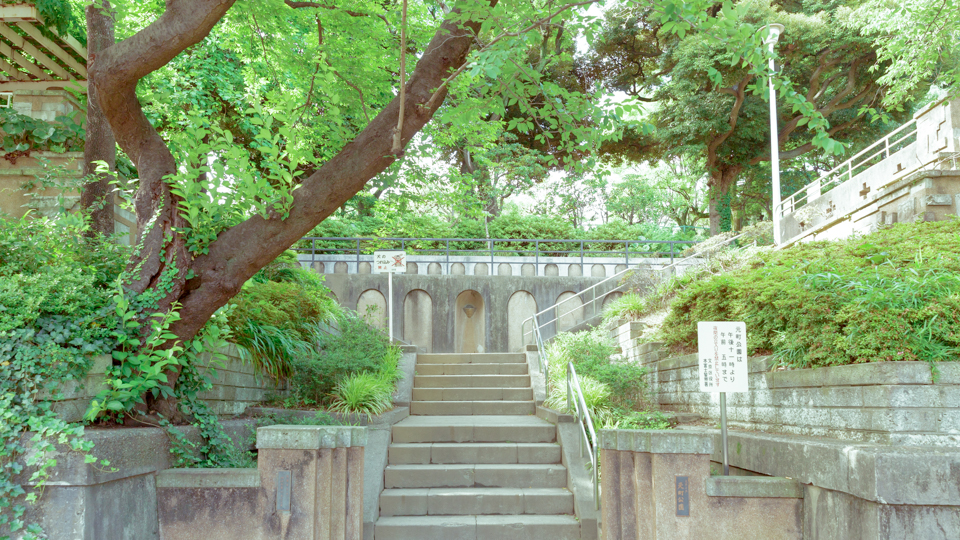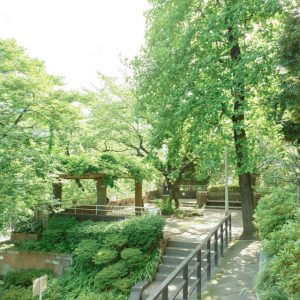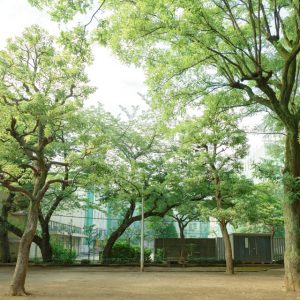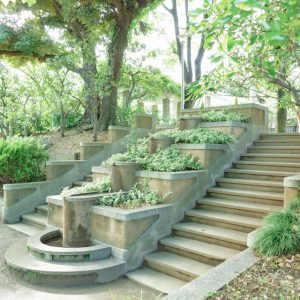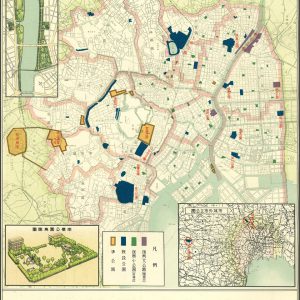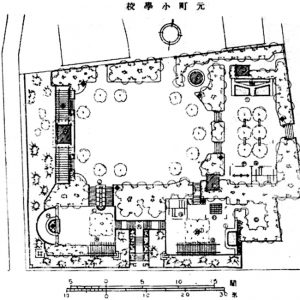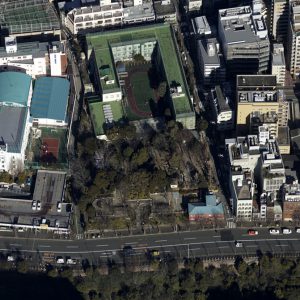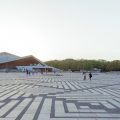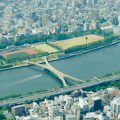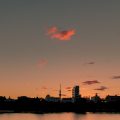It is a place to raise the “cells” -students- and a refuge was installed, aiming for healthy and safe growth.
It is one of the 52 small parks attached to the 117 reconstructive primary schools planned after the Great Kanto Earthquake, and is the only case that keeps the original situation. It is designed to make good use of the sloped configuration that the Hongo Uplands descends towards the Kanda River.
The guide issued by Tokyo City Government says,
“The north side of the park is adjacent to Motomachi elementary school in Hongo Ward, facing the street on the east side, along the train street at the Ochanomizu edge on the south, high cliffs in the west. You can see Iidabashi and Kudan area below your eyes and get a whole view of the peaks of the Fuji-Hakone and the Chichibu Mountains. The view you can get here is incomparable with any other small urban parks in this city.”
The reconstructive small parks designed under Kiyoshi Inoshita, the manager of the Tokyo City park management section who had visited many urban parks in Europe and the United States, had an urban character mainly based on plazas, and it is said that its design came to be a prototype of neighborhood parks afterwards. Starting with Tsukishima 2nd Park in 1926, they designed, constructed and opend 52 parks in just six years at unprecedented speed.
Although the continuity of the park and the former elementary school is lost now, the planning philosophy of reconstructive small urban parks and reconstructive elementary schools has never faded at all even after about 90 years passed. (S.Doi)
